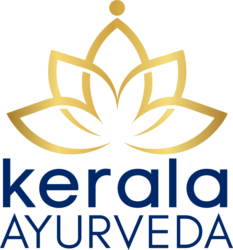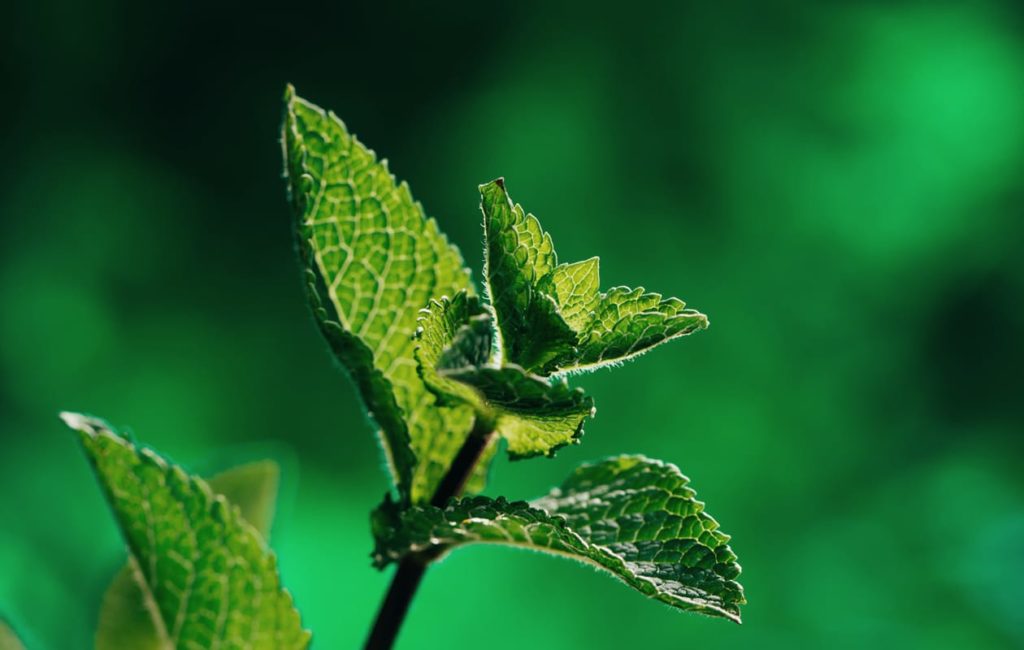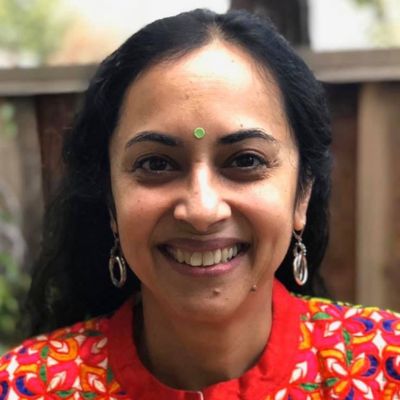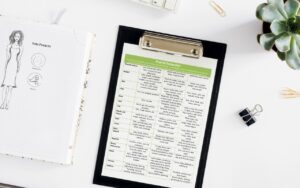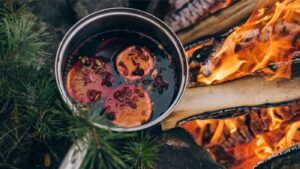Jivaka was Buddha’s personal Ayurvedic physician or Vaidya. He was a disciple of the great Sage Atreya. Legend goes that Atreya sent his students to the forest to look for a plant that does not have any medicinal value.
Jivaka took a while and came back disappointed and empty handed. To Sage Atreya’s delight, Jivaka asserted that he couldn’t find any such plant! This was a revelation of earth’s healing capacity. Jivaka’s learning was now complete and he went on to be a model healer.
A quarter of Ayurvedic practice lies in effectively using herbal formulations
Indeed, Ayurveda believes that everything in nature has healing properties. Then what is the Ayurvedic remedy for back pain? For anxiety? For hyperacidity? If you are an Ayurvedic professional, you know that these are just symptoms and you need to delve into underlying causes before selecting and combining herbs and formulations for creating an individualized protocol; an expertise that is of paramount importance in your practice. In the modern world we often seek symptomatic relief, and while alleviating symptoms is one of your goals, your real quest is to address the root cause and entire pathology of diseases.
Ayurvedic heritage comprises a rich Vedic tradition of herbal formulations. Why do you need to study them? According to the root text, Ashtanga Hridayam, 25% of the efficacy of clinical success in a treatment plan depends upon the choice of herbs and formulations. Ayurveda is a vast ocean of knowledge. Ayurvedic training in Vedic formulations would help you cut through that complexity and make you confident in your practice and ability to heal.
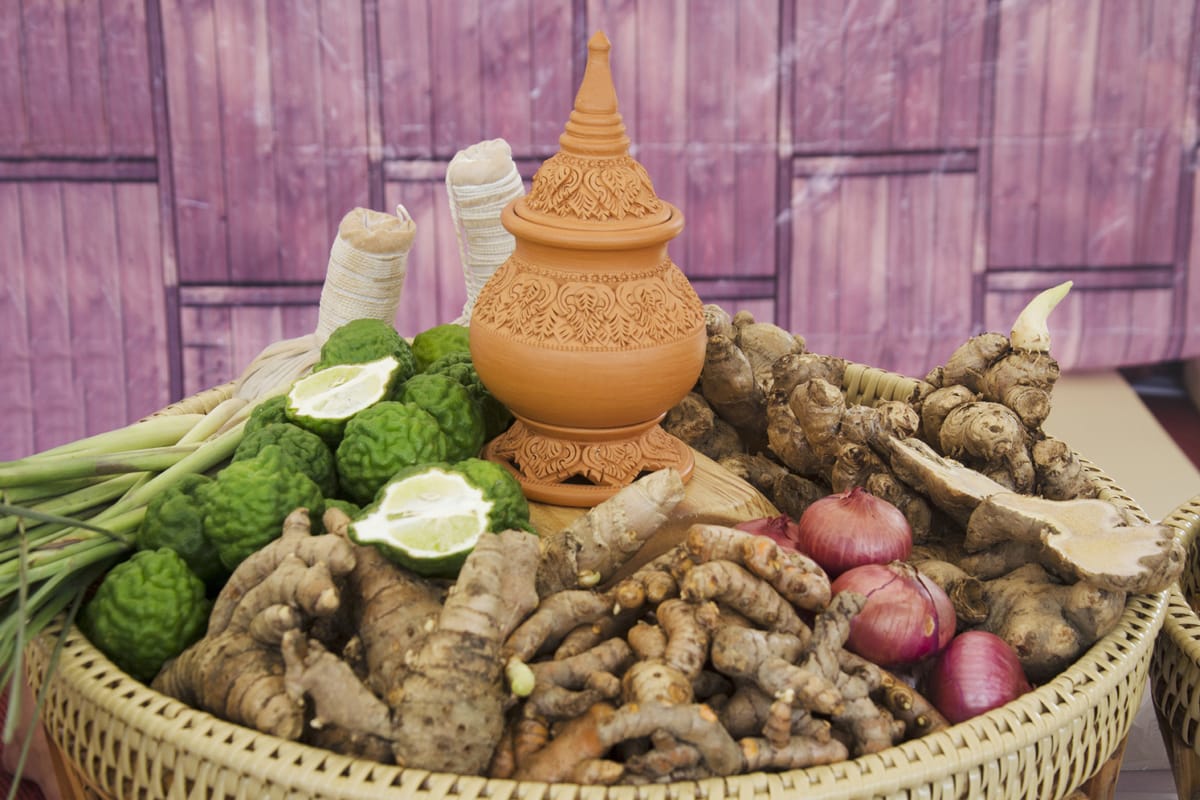
What are Vedic formulations?
Ayurvedic formulations could be herbs or herb blends, classical formulations from root texts or modern proprietary formulations which are patented by a company. Vedic formulations are made exactly as per recipes given in ancient Ayurvedic texts. They are referenced in different clinical contexts and are comprehensive and robust.
There are myriad herbs and formulations enumerated in ancient texts like Ashtanga Hridayam, Bhaishajyaratnavali (translated as ‘an array of gemstones of Ayurvedic formulations’), Sahasrayogam (literally meaning ‘a thousand formulations’) and Bhava Prakasha. There are also various formats available including herbal ghee or Ghritam, fermented Arishtam, decoctions or Kwatham, tablets or Gulika, oils or Thailam, powders or Churna and Jam consistency preparations or Lehyam.
The formulations are documented in a beautiful poetic format in Sanskrit. In all Vedic formulations, the first few lines are the ingredients, followed by the process of manufacture and finally, indications of use. It is important to note that the whole is different from the sum of parts; you can’t assess a formulation or assume efficacy by looking at individual ingredients. There is synergy, correcting and enhancing, augmenting and balancing involved. For instance, Indukantham Gritham does not aggravate Pitta though it contains Panchakola. There could also be one name for many herbs and one has to examine the context carefully in ancient texts.

How does Ayurvedic training in formulations help?
With appropriate recommendations of Ayurvedic herbs and formulations you can have impressive results in various health conditions. But how can you learn about the most commonly used and effective ones documented in classical texts? How can you get skilled in selecting and recommending them? What is their clinical application? How can you choose formulations for different ailments at different stages when one size doesn’t fit all in Ayurveda? Every assessment is unique and requires addressing specific indications, the form and dosage, context for administering, specific indication, and the right adjuvant. There is also the question of what precautions you should take in recommending them, what are the do’s and don’ts, and how you can counter any complications.
Since there are so many formulations and you can’t learn about every possible unique case to anticipate them, expert clinical guidance throughout your journey can make all the difference in honing your skill set. In addition to book study, clinical case studies and mentoring are valuable methods of learning.
Selecting a formulation
For formulation selection, you need to tap into how you create a protocol in the first place. Let us say a client comes to you with constipation and you refer to a list which says Abhyarishtam and Gandharvahasthadi Kwatham are good formulations; that is a very small part of the picture and could get you into trouble without a comprehensive assessment. You assess clients based on the Trividha Pareeksha; three tools of questioning (Prashana), observing (Darshana) and touch (Sparshana) with methods like pulse assessment). There are also the eight and ten step assessments in understanding imbalances. You then go onto creating a protocol.
The most important factor for selecting a formulation is its relevance in the current stage of pathology of disease or Vyadhiavastha. For instance if there is pain in the feet, while you trace the client’s history, you need to know the nature of the pain today; is it sharp, burning, does it involve numbness, what factors aggravate and ease it (and associated conditions and expressions)? You need to assess the client’s current status of Agni (metabolic and digestive fire) and Ama (stagnation), Dosha (energy principals) and Srotas (channels or systems) impacted, stage of disease or Samprapti, what signs and symptoms they present with and your objective is to prevent the chance of recurrence.
Vedic texts have very clear guidelines about herbs and formulations that address every possible pathway of diseases or Samprapti to give sustainable outcomes. Samprapti is the journey of pathology from the initial reason to full blown expression of a disease due to depletion and degeneration or stagnation and accumulation. This determines the formulation and format you use; planning how you get rid of Ama, manage Agni, balance aggravated doshas, clear, repair and recoup channels, rejuvenate the mind-body system of the individual, enhance physical strength and immunity and help them prevent future diseases.
Scenario: Ayurvedic formulations for immunity
Immunity or Vyadhikshamatwam according to Ayurveda is a very comprehensive and balanced expression of your health. The text Charaka Samhita defines it as the ability of the body to overcome any disease process and resist not merely pathogens but all diseases. It is your core balancing ability, your shield and strength (Bala) which can be equated with Ojas or the supreme glow of health of all your tissues. It is compromised in every disease process that Ayurvedic herbs and formulations work to reverse. While anyone accustomed to the Western over-the-counter approach to remedies might think they can simply follow an indication like “immunity” and find an array of appropriate products accomplishing the same thing, Ayurveda offers many formulations which support this indication but for different unique conditions, with varying additional indications. To this point, here are two examples of immune boosting formulations.
Indukantham Ghritham
Indukantham Ghritam is a Vedic formulation in Sahasrayogam which is very popular in enhancing overall Ojas or Immunity and reducing Vata aggravation. It is a Ghritam comprising 18 herbs; Dashamoola, Putika, Devadaru, Saindhava and Panchakola. Indukantham Ghritam can help in various disease pathologies. It enhances Agni, burns Ama, clears channels, balances Vata, helps with digestion, assimilation and nourishment and prevents degeneration and immune loss.
Indications for use:
- Aggravated disorders (Vatamaya)
- Degenerative disorders including degenerative lung disorders (Kshaya)
- Abdominal enlargements like hepatomegaly (Mahodara)
- Mesenteric spasms and abnormal growths (Gulma)
- Inflammatory gut disorders (Soola)
- Intermittent fevers or recurrent inflammations (Nimnonnatha Jwara)
- Enhancing immune strength (Balavardhanam)
Cyavanprash
Cyavanprash is a very famous jam preparation or Lehyam from Ashtanga Hridayam. The chant in Sanskrit follows the same beautiful poetic format of all Ayurvedic formulations. Cyavanprash is a universal Rasayana or rejuvenator to prevent health problems and enhance the immune system. It is named after Sage Cyavana and Prasha implies that which can be eaten like a Jam. The story is that Sage Cyavana wanted to be restored to his youth, vigor and vitality and get rid of age related problems. Ashwini Kumaras or Vaidyas of the Divine world created this formulation to treat his debilities and bring him back to youthfulness.

The recipe is outlined followed by the fascinating manufacturing process and the indications of use; how it supports different systems and disorders. Amalaki is the main ingredient; a decoction of the coarse powder form of the first 36 herbs in the quantities specified is made; 500 whole Amalaki tied in a loose bolus (using a muslin cloth) are hung in the decoction while it is boiling so they get cooked inside. The decoction is boiled till it gets to one fourth volume and the essence of Amalaki is infused as a result. Once the bolus is taken out the Amalaki is soft and well cooked; seeds are removed and the pulp is crushed and fried in sesame oil and cultured cow’s ghee. The decoction is filtered to remove residue and fried Amalaki paste is added into it and cooked. Inspitated sugar cane juice is now added and the formulation cooked further till it reaches a jam consistency and falls like a thread in a spatula. It is cooled and raw unfiltered honey and the other ingredients added; they are mixed and stored in an airtight container, porcelain jars or dark glass or stone jars. Once Cyavanprash is filled; a bit of cultured cow’s ghee or honey is poured on top before the top is sealed and these work as a natural preservative. Cyavanprash can now be stored for a long time.
The dosage of use depends on the context. On a regular basis a full tsp to tbsp can be taken once or twice a day in milk or water.
Indications for use:
- Respiratory ailments like cough, asthma, wheezing
- Fever or inflammation
- Emaciation, depletion of tissues
- Heart disorders
- Diseases due to aggravated Vata and with imbalanced Rakta Dhatu, gout, varicose veins, some stages of rheumatoid arthritis, deep vein thrombosis
- Urinary and reproductive system disorders
- Voice issues
- For children and elderly that are debilitated after an accident or injury
- Improve mental faculty and memory
- Enhance skin radiance
- Strengthen the overall immune system
- Prevention of disease and promoting longevity.
- Help Vata move in its own direction and Tridosha pacifying
- Enhance sexual vigor
- Support sense organs
- Aid digestive enhancement
- Rasayana or rejuvenating tonic, antioxidant and adaptogenic
Cyavanprash is given as a Rasayana in Panchakarma in higher quantities and used in Kutipraveshika, the ultimate anti-aging protocol in Ayurveda. The whole recipe is powerful for different channels (Pranavaha Srotas, Shukravaha Srotas, Raktavaha Srotas, Annavaha Srotas, Manovaha Srotas and Mutravaha Srotas). More simply: Cyavanprash contains Amalaki which has a high dose of Vitamin C; and the richness, essence and range of application is lost.
Both Indukantham Ghritham and Cyavanprash support immunity, though their application will only be appropriate with the right case, at the right time and in the right form.
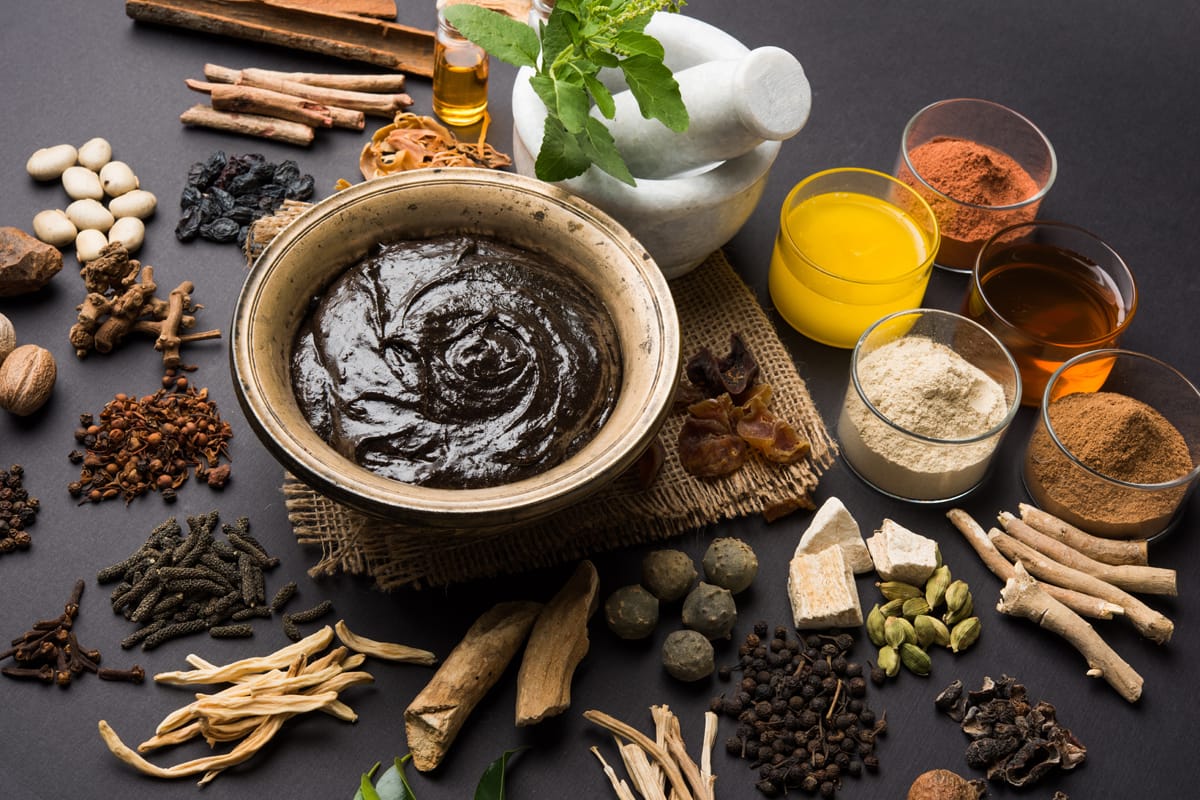
Learn more in our Vedic Formulations series + free sample class
Kerala Ayurveda Academy’s Vedic Formulations series launching September 2020 is designed to address the vast amount of formulation knowledge required of practitioners. It follows the same format in classical texts for studying important herbs and Vedic formulations. You can read a variety of material on the Vedic formulations including professional certification materials, the Vedic texts and their translations, though it is a time consuming method of learning. This course sums everything up with clear clinical guidance. Each session is centered around an indication theme, such as Ama, Constipation and Preventive Health – our premier class topics. The class format will include chanting the formulation in Sanskrit, the English translation, understanding its story, ingredients, method of preparation and use. Real case studies are utilized to provide in-depth learning of clinical applications.
Imagine having access to this rich heritage and knowledge in your practice. This Ayurvedic training is one-of-a-kind in our industry and open to students and practitioners from all schools, taught by a Master Vaidya – Kerala Ayurveda Academy’s Director, Vaidya. Jayarajan Kodikannath. It is open to everyone globally to enrich their Vedic knowledge, and can be used by students in training and Vaidyas alike. This is a continuing education module: a deep dive into the science of Vedic formulations, so you can implement formulation selection with conviction and confidence.
As Ayurvedic healers, you are constantly learning, augmenting your skills and it is indeed an honor to be part of the healing journey of the world.
